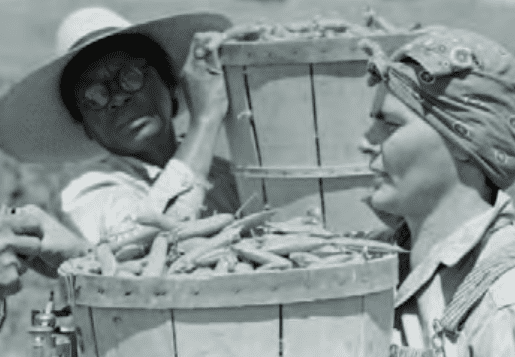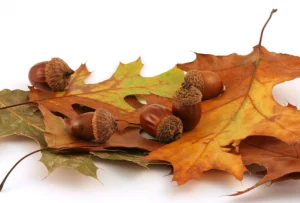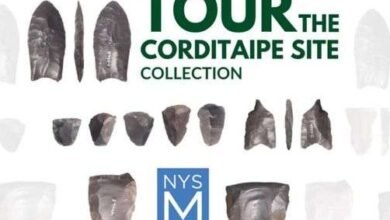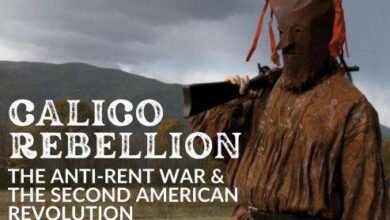Oneida County’s Migrant Laborers – New York Almanack


 Black and immigrant migrant laborers arrived each summer in the Town of Kirkland in Oneida County, NY, to pick the bean and pea crops and lived in crude shacks provided by farmers.
Black and immigrant migrant laborers arrived each summer in the Town of Kirkland in Oneida County, NY, to pick the bean and pea crops and lived in crude shacks provided by farmers.
Before the days of mechanized crop harvesters local farmers had to hire men and women in the summers to harvest the crops. Around Utica peas and beans were a main crop requiring manual, sometimes called “stoop” labor, because the worker was bending over all the time to harvest the crop.
Families and friends were the main helpers of the harvest in the early 1900s, but were augmented by the many immigrants, especially Italian-Americans, (but also Poles) who arrived in Utica in the first half of the 20th century.
They would come daily and pick or stay in crude shacks owned by the larger farmers.
In 1934, three hundred bean pickers of Deansboro Road farmer Claude Hinman went on strike. They demanded that Hinman raise the pay per pound of wax beans to 1 and a quarter cents and for green beans to 1½ cents from the previous 1 cent per pound.
During the Second World War Black migrant laborers began to arrive in the region and lived in the migrant shacks, most without running water or heat, of Claude Hinman, Murk Wester, James Lenahan, Moses Roy and others. The migrants came from Florida and had followed the crops north.
Most traveled north in old buses or open trucks having to sit on wood benches the entire trip. Helen Munson in 1942 started a Girl Scout group among the migrant girls at the Wester camp off Bristol Road.
In 1949 75 villagers, migrants, and growers exchanged views at a Stone Church meeting. Bible lessons were being taught along with hand crafts. The growers agreed to provide beds, light, water, and sanitary facilities.
The Clinton Council of Church Women collected items for the migrant laborers in later years, including sweaters, pants, shoes, layettes, quilts, blankets, wall mirrors, mops, silver, dishes, irons, toasters, needles, scissors, and hot plates. Athletic programs were offered, too.
The village of Clinton migrant committee received an award at the State Fair in 1954 for “changing its community’s reaction to Negro migrant workers from an attitude of resistance and dislike to one of understanding and gradual acceptance.”
Two years later Rev. Albert Hill of Virginia served as chaplain at four area camps. Reading, knitting, and crocheting were taught to adults while children were given recreational activities.
Clinton women, including Mrs. Frank Slater, Mrs. Walter Pilkington, Mrs. Ralph Hadlock, Mrs. Glen MacFarlane, Mrs. William Lohden, Beatrice Peck and Clara Champion worked with the committee in the early 1950s.
Kate Oser, Dorothy Rand, and Claire Burns also were involved with local migrant committees.
You can learn more about migrant laborers near Utica in Karen Foresti Hempson’s Bean Pickers: American Immigrant Portraits, which shares eight true-life portrayals that focus on the Italian-Americans migrant bean pickers
Illustration: Migrant laborers bring in peas in Nampa, Idaho in June 1941 (photo by Russell Lee).
Source link





